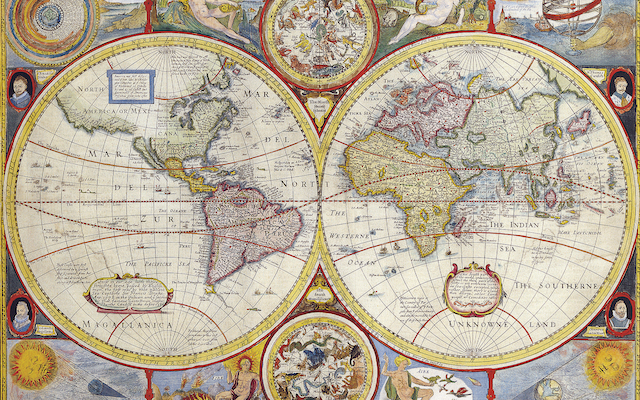Dancing Across Continents
Conductor: Carlos del Cueto
Date: Sunday 16th June 2024
Time: 2.30pm
Venue: Preston City Hall
The Music
Moncayo
Huapango
Villa-Lobos
Bachianas Brasileiras No.4
Beethoven
Symphony No.7
Carlos del Cueto

Preston Symphony Orchestra is delighted to welcome guest conductor Carlos del Cueto for this concert.
Carlos will be presenting the 3MBS-FM Daybreak program every second Monday in June between 6 and 9am. Tune into 103.5 FM or listen online at https://3mbs.org.au/
Read lots more about Carlos here !
Programme Notes
José Pablo Moncayo (1912 – 1958) was a Mexican pianist, percussionist, conductor and composer. His compositions express a Mexican nationalist spirit and include two symphonies, an opera, and a ballet. Much of his music used melodies, rhythms, and harmonies drawn from the folk music of Mexico. In 1941, he was asked to write an orchestral piece based on the popular music of the Veracruz area on the Gulf of Mexico. The result was Huapango, which contains elements of the Mexican folk dances El siquisirii, El balaju, and El avilan.
Heitor Villa-Lobos (1887–1959) has been described as “the single most significant creative figure in 20th-century Brazilian art music”. He was a cellist, classical guitarist, and conductor who made his living from music in many ways – as a player in cinema orchestras and street bands, as a music educator and as a nationalist composer.
The Bachianas Brasileiras are a group of nine works written between 1930 and 1945 combining the compositional techniques of JS Bach with traditional music of Brazil. Bachianas Brasileiras no, 4 consists of 4 movements, each with two names, one suggestive of Bach’s time and one with a Brazilian connection:
– Preludio ‘Introdução’ (1941)
– Coral ‘Canto to Sertao’ (1941)
– Aria ‘Cantiga’ (1935)
– Dansa ‘Miudinho’ (1930)
Ludwig van Beethoven – Symphony No 7
At the premiere of Beethoven’s 7th symphony in 1813, the audience was so enthusiastic that they demanded an immediate encore performance of the second movement – with the conductor, Beethoven himself, obliging. This movement, a lively Allegretto, continued its hold on the public to such an extent that it was often included in performances of other symphonies by Beethoven during the 19th century. Later, it found its way into cinema where it has featured in over 16 major films and TV series since 1934.
But it isn’t just the second movement that sets the 7th apart. The symphony as a whole is a favourite round the world. What makes the work so compelling for audiences?
The composer Richard Wagner put it in a nutshell when he called it ‘the apotheosis of dance’. The work has a rhythmic liveliness across each of its four movements that invites anyone within earshot to jump to their feet.
In the first movement, the cellos and basses limber up on a series of scales before the winds call the orchestra to attention – and they’re off! Beethoven makes liberal use of a ‘dotted rhythm’ – a longer note followed by a shorter one– as if each group of instruments is skipping across a dance floor.
The second movement, the famous Allegretto, begins as a funeral march – only to reveal a succession of melodies described by music writer George Grove as ‘a string of beauties hand-in-hand, each afraid to lose her hold on her neighbours.’
The third movement, whose middle section is based on an Austrian pilgrims’ hymn, begins and ends as a ‘catch-me-if-you-can’ burst of energy.
The fourth movement of the symphony is an exuberant conclusion, like a whirl of stamping feet as sections of the orchestra pull this way and that. Beethoven marked the score ‘fff’, an instruction for a volume louder than ‘fortissimo’ (the first time ‘triple f’had appeared on a score).
The vitality of the final movement caused some commentators of the time to suggest Beethoven must have been drunk when he composed the work. But Beethoven considered the 7th symphony one of his best compositions. So too the majority of music writers and countless audiences who continue to revel in its sense of spontaneity and affirmation of hope.

